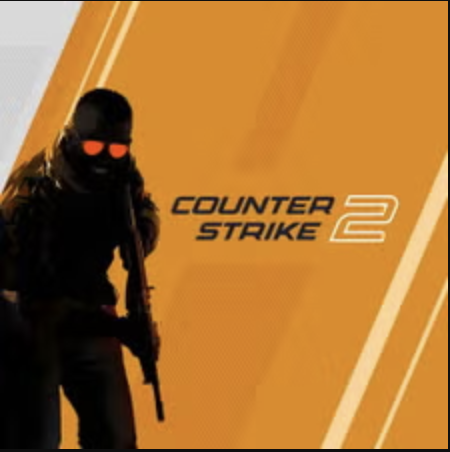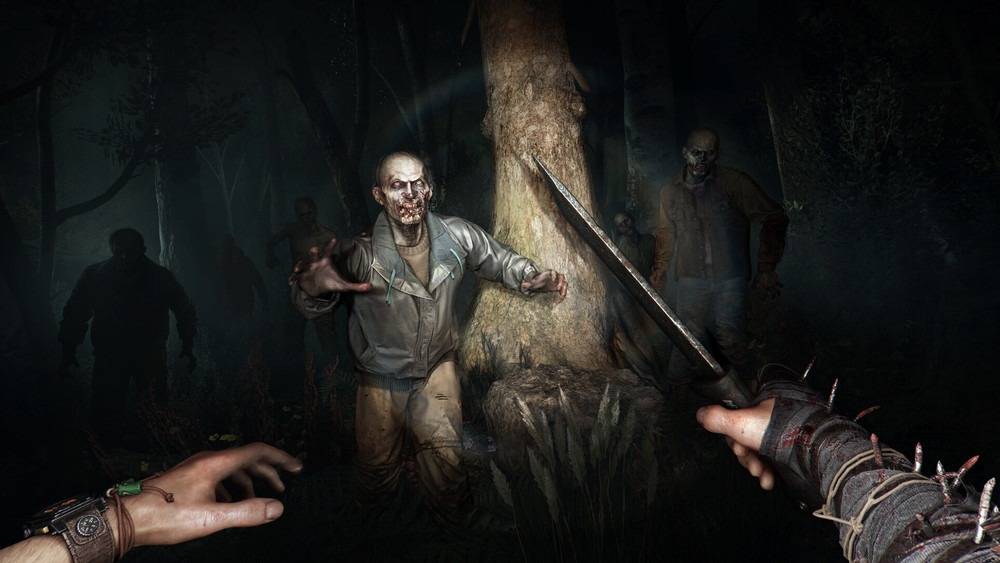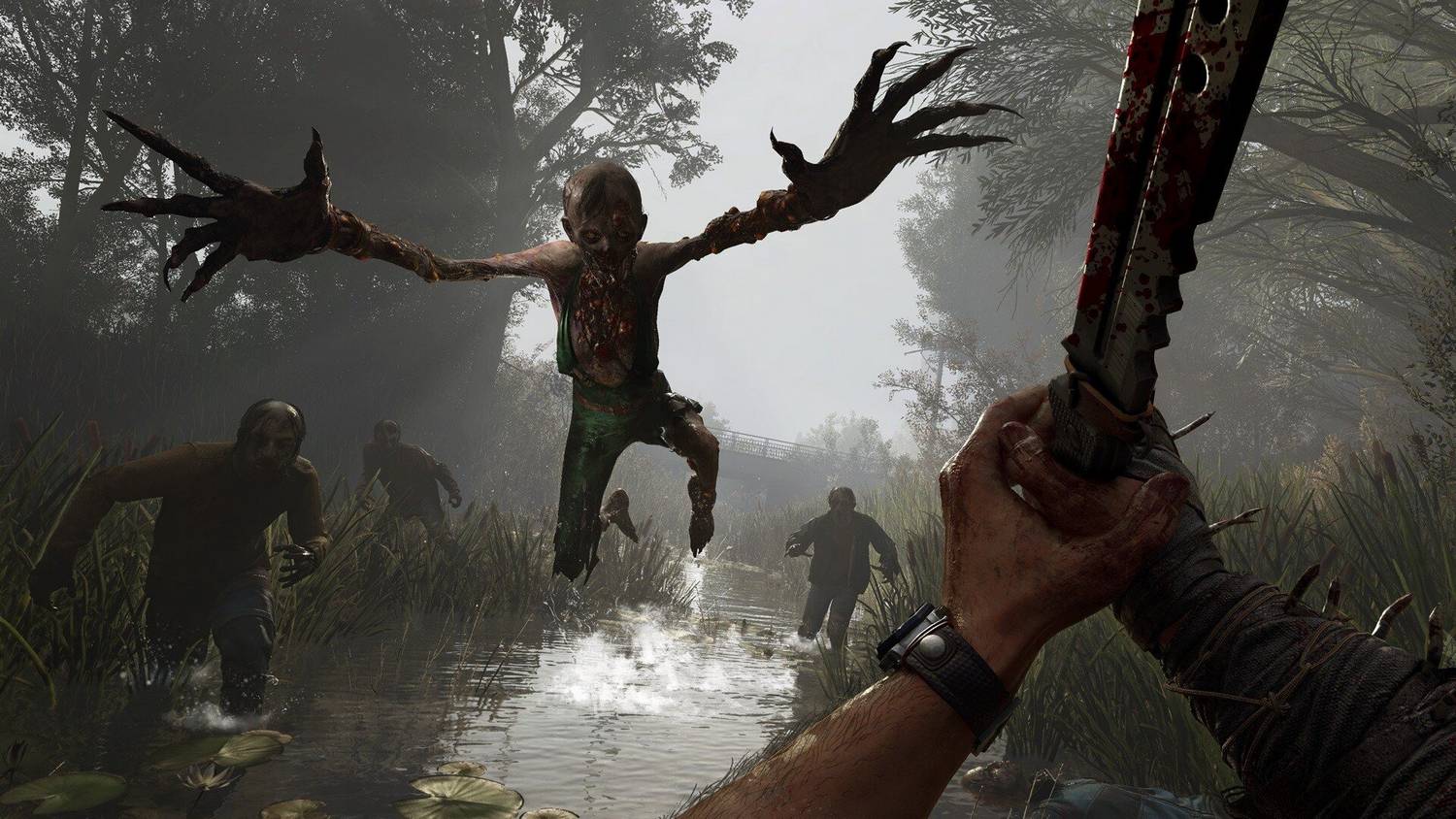Censorship Battle: Dying Light: The Beast Heavily Modified for Japanese Release
Popular Now
 CarX Street
CarX Street
 Free Fire
Free Fire
 Candy Crush Saga
Candy Crush Saga
 Rust
Rust
 BeamNG.drive
BeamNG.drive
 Counter-Strike 2
Counter-Strike 2
 NBA 2K24
NBA 2K24
 Auto X Drift Racing 3
Auto X Drift Racing 3
 Sonic the Hedgehog™ Classic
Sonic the Hedgehog™ Classic
 The latest installment in the brutal zombie franchise, Dying Light: The Beast, has entered the spotlight for undergoing significant censorship in its Japanese release to comply with the country’s video game ratings board. The changes, implemented to achieve the highest possible classification, the CERO Z rating (prohibited for those under 18), have substantially altered the game’s intended level of gore, violence, and mature content for players in Japan.
The latest installment in the brutal zombie franchise, Dying Light: The Beast, has entered the spotlight for undergoing significant censorship in its Japanese release to comply with the country’s video game ratings board. The changes, implemented to achieve the highest possible classification, the CERO Z rating (prohibited for those under 18), have substantially altered the game’s intended level of gore, violence, and mature content for players in Japan.
 Details of the Specific Content Alterations
Details of the Specific Content Alterations
Internal documentation and public notices from the Japanese publisher confirm a series of stringent modifications to the game’s visual and thematic elements. These changes were necessary to meet the strict guidelines set by CERO (Computer Entertainment Rating Organization), which is particularly sensitive to depictions of dismemberment and visible internal organs in a realistic context.
- Removal of Visible Organs: All instances of visible internal organs in both the zombie character models and environmental map objects have been completely removed. This directly tackles one of the most consistent issues CERO has with Western horror and action titles.
- Facial and Torso Dismemberment Eliminated: The game’s acclaimed primal brutality, which allows protagonist Kyle Crane to rip heads off and tear enemies apart using his new beast-like powers, has been toned down. Specifically, the models for facial and torso dismemberment have been removed, substantially lessening the visceral impact of the combat.
- Nudity Restriction: All forms of nudity, which typically manifest on the infected zombie models, have been removed or modified. This includes alterations to the character models of several female zombies to eliminate any exposed areas.
- Toning Down Violence: The developer, Techland, had proudly promoted The Beast as the most brutal entry in the series. The collective effect of these changes is an overall tone down on violent scenes, resulting in a significantly less graphic experience than the international version.
It is noteworthy that, in an unusual move for the Japanese market, these restrictions also apply to the Steam PC version of the game, even though PC releases typically do not require CERO approval. This indicates a deliberate, blanket approach by the publisher to adhere to regulatory expectations across all platforms.
 The Broader Impact on Global Game Development and Localization
The Broader Impact on Global Game Development and Localization
The censoring of Dying Light: The Beast is the latest in a recurring controversy surrounding CERO’s strict standards, which developers argue create significant technical and financial challenges. The need to create and maintain two separate versions—the uncut international release and the censored Japanese version—is a recurring headache for global publishers.
- High CPC and Target Keywords: The conversation around “game censorship,” “CERO rating,” and the impact on “AAA game development” carries high-value keywords within the gaming news and video game localization sectors. The need for a specific “Japanese version” impacts the development budget and timeline, forcing studios to divert resources for specialized localization and content editing.
- Precedents and Criticism: This incident follows similar censorship controversies, including the Japanese release of Assassin’s Creed Shadows, which also had dismemberment removed. Critics within the industry, such as renowned creators Shinji Mikami and Goichi Suda (Suda51), have previously voiced their frustration, highlighting the immense workload of developing and certifying dual versions of a game. Furthermore, there has been public debate over CERO’s perceived double standards, with some critics questioning the board’s inconsistent application of its guidelines across different titles.
Despite the content changes, the Japanese version of Dying Light: The Beast maintains seamless co-op play with friends using the uncensored overseas version, which is a technical achievement that preserves the game’s multiplayer functionality. However, the compromise once again showcases the trade-offs between a developer’s artistic vision and the necessity of meeting diverse international regulatory requirements to access lucrative global markets.








